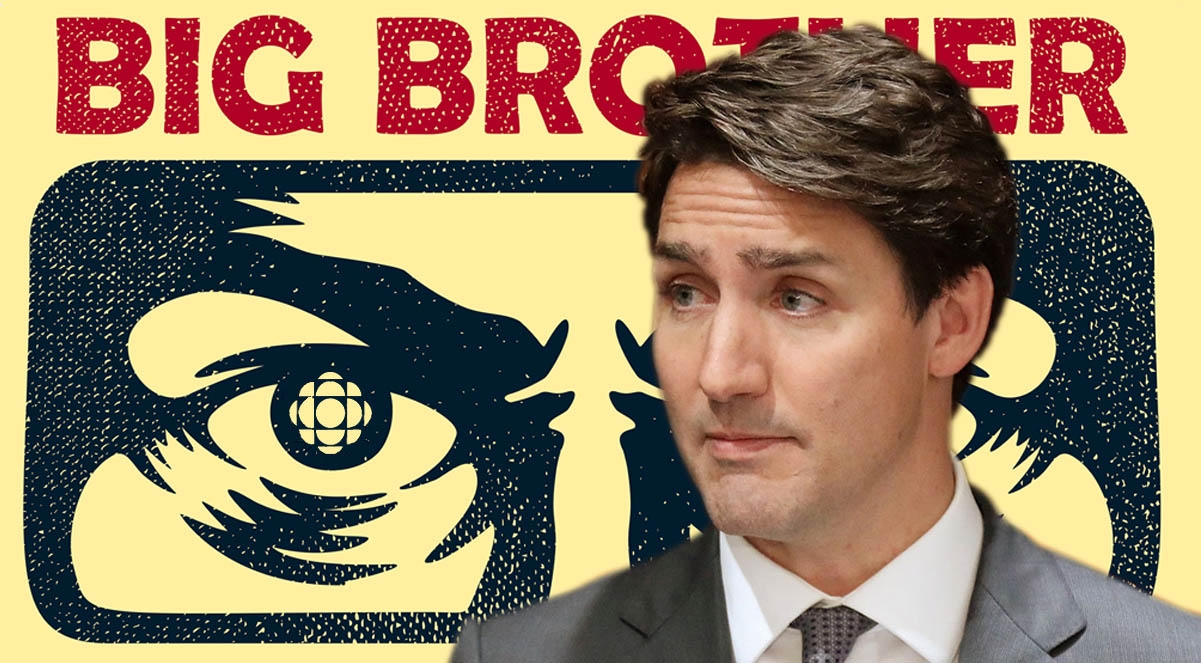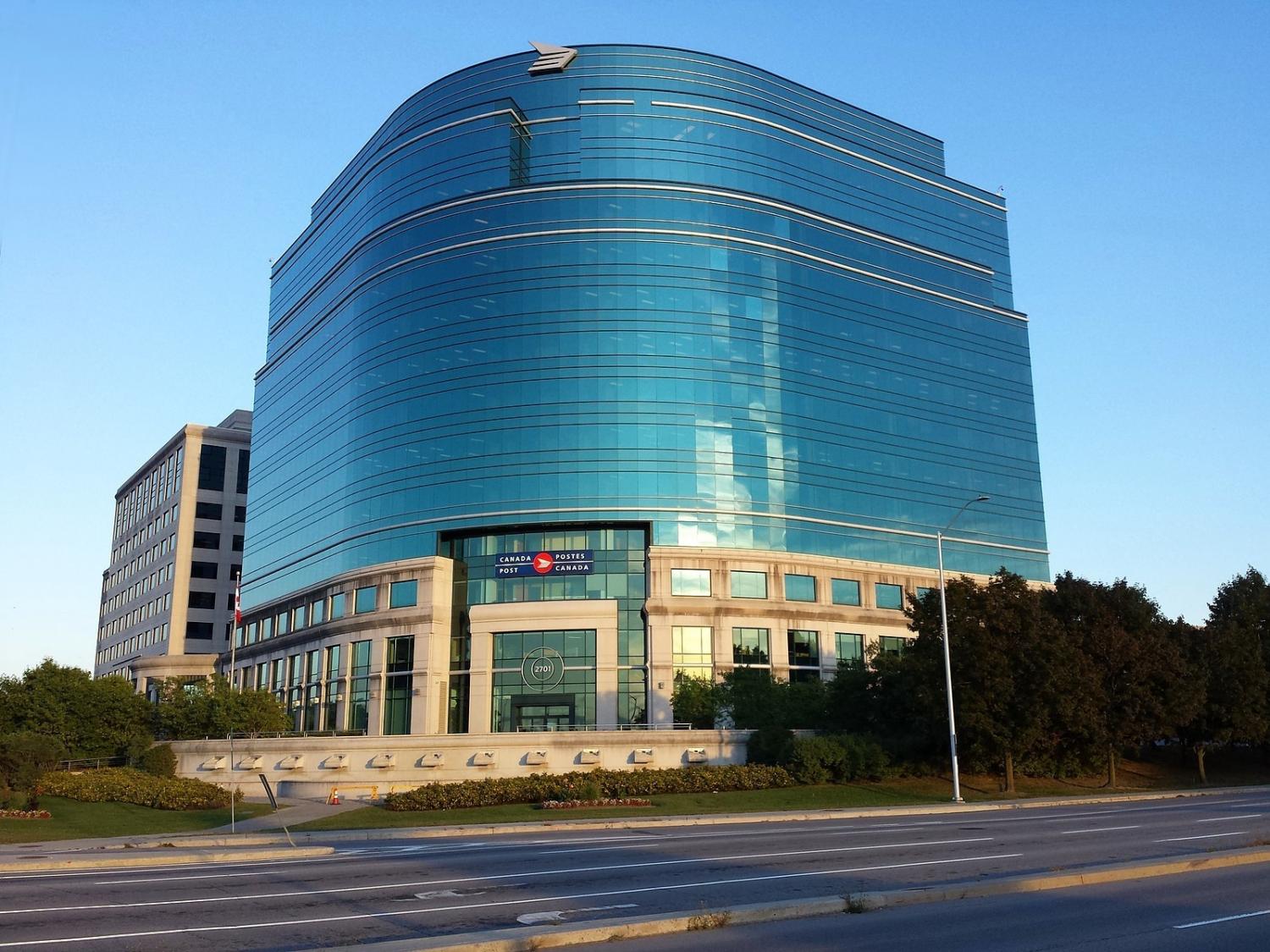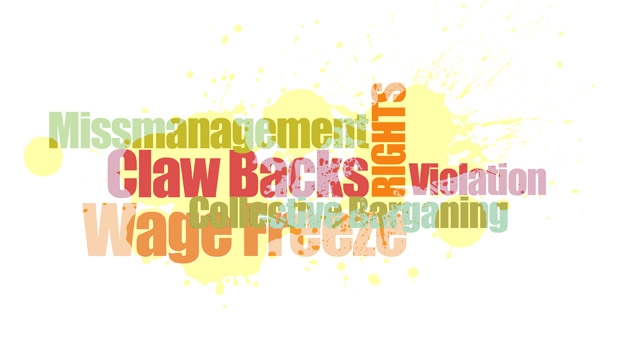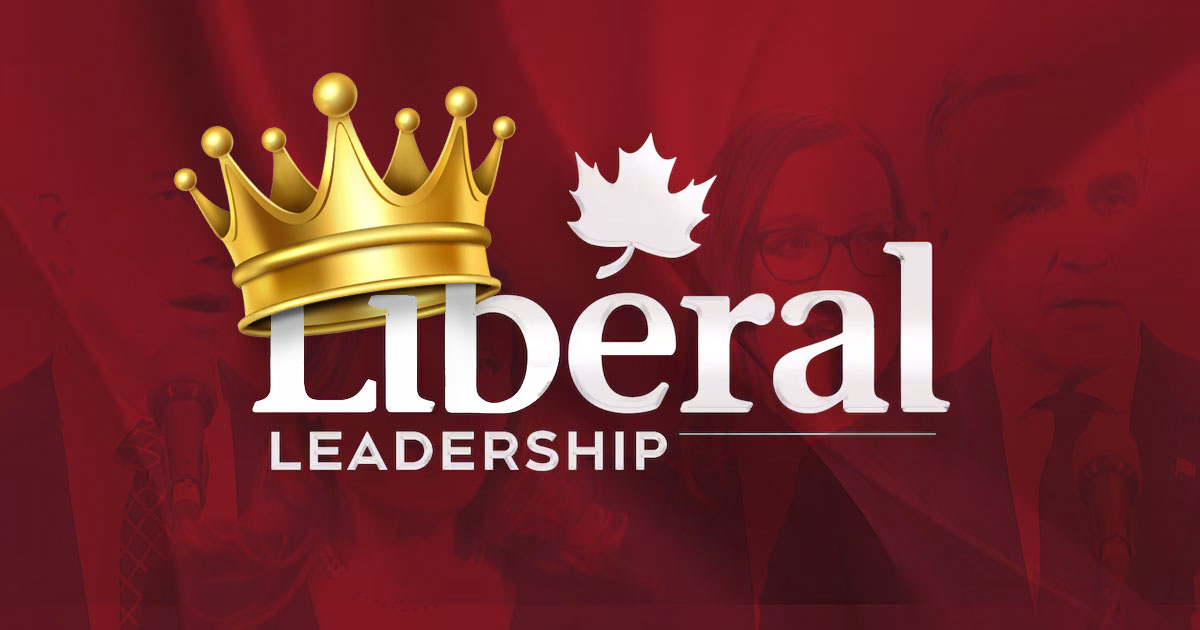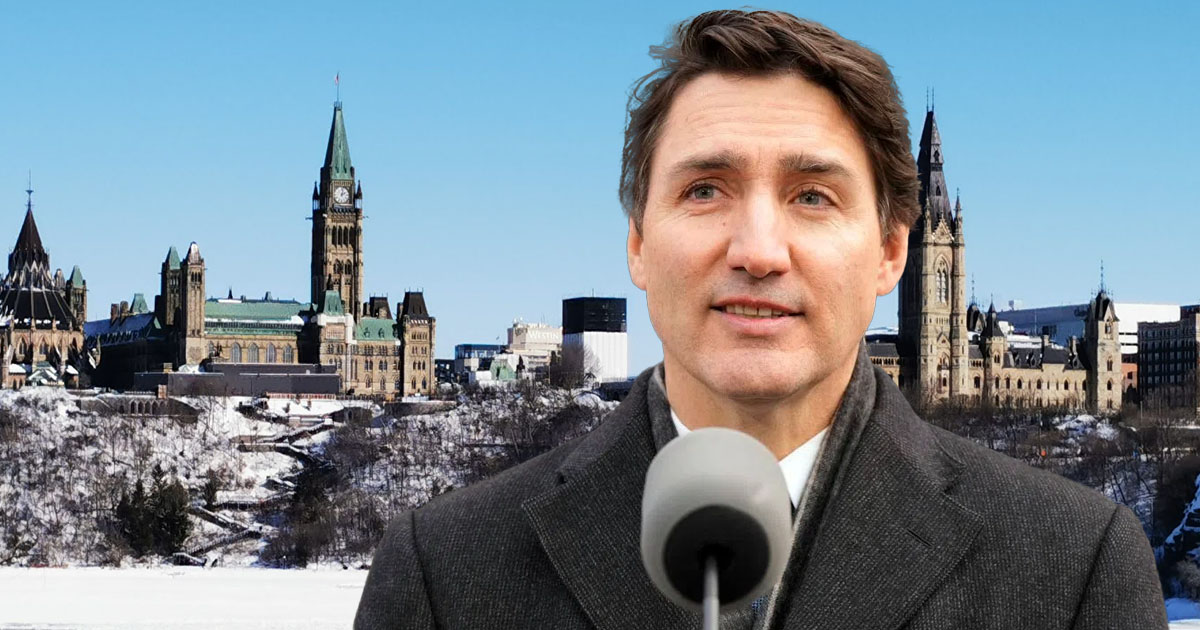
Trudeau’s Resignation: What Happens Next for Canada?
Prime Minister Justin Trudeau’s announcement that he is stepping down as Liberal leader but will stay on as PM until a new leader is selected has left Canada and Canadians treading water in choppy seas. Canada. The House of Commons was scheduled to resume on January 27, with the Conservatives planning to advance a non-confidence motion. The NDP and BQ had indicated their readiness to bring down Trudeau’s minority Liberal government. Trudeau’s request for prorogation buys the Liberals time to run an expedited leadership race without facing a confidence vote.
Prorogation until March 24, 2025, the longest period allowed by law for the House to be out of session, is expected to be approved by the Governor General. This will end the current parliamentary session and halt all legislative business, including those proposed in Trudeau’s controversial fall economic statement. A new session of Parliament would begin with a Speech from the Throne, setting the stage for a key confidence vote that could trigger a federal election in May if the Liberals fall.
Trudeau’s decision to continue as PM through the next two months comes as Canada braces for the start of U.S. president-elect Donald Trump’s second term and his threats of 25 percent tariffs on Canada-U.S. trade. A majority of MPs from the regional Liberal caucuses told Trudeau over the Christmas break that he must step aside. A national, daylong caucus to discuss the matter had been set for Wednesday, but this is now moot with a leadership race underway.
Liberal MPs and party members will be briefed in the coming days on the party’s constitution and caucus’ role in the upcoming leadership campaign. According to the Liberal Party of Canada’s constitution, “upon the occurrence of a leadership trigger event,” or if the leader announces their resignation, a meeting of the national board of directors must be called within 27 days. In consultation with the caucus, the board could appoint an interim leader. The top party officials would also be required to set a date for a leadership vote and other parameters around the race.
Trudeau has been the leader of the Liberal Party of Canada since 2013 and prime minister since 2015. In short -here is what to expect next:
• Interim Leadership: Trudeau will remain as Prime Minister until a new Liberal leader is selected.
• Leadership Contest: The Liberal Party will conduct a nationwide competitive process to select a new leader. This process typically spans several months and includes a formal leadership convention, but given the current circumstances, the Liberals will have to select a new leader in time for the return of Parliament at the end of March.
• Parliament Prorogued: Trudeau has prorogued Parliament until March 24, halting all proceedings, including debates and votes. This suspension buys time for the Liberal Party to organize the leadership race.
• New Leader Becomes PM: Once a new Liberal leader is elected, they will automatically become the Prime Minister, replacing Trudeau until the next general election.
• Governance During Transition: During this period, Canada will continue to be governed by Prime Minister Trudeau. The only way this could change is if the Liberal caucus demands on Wednesday that Trudeau step down immediately, but this is not expected given his announcement today that he is leaving upon the selection of a new Liberal leader.
Several candidates are expected to enter the Liberal Leadership race to replace Trudeau in the coming days, including former Bank of Canada Governor Mark Carney, former Finance Minister Chrystia Freeland, former B.C. Premier Christy Clark, and current Finance Minister and Trudeau confidant, Dominique Leblanc.

